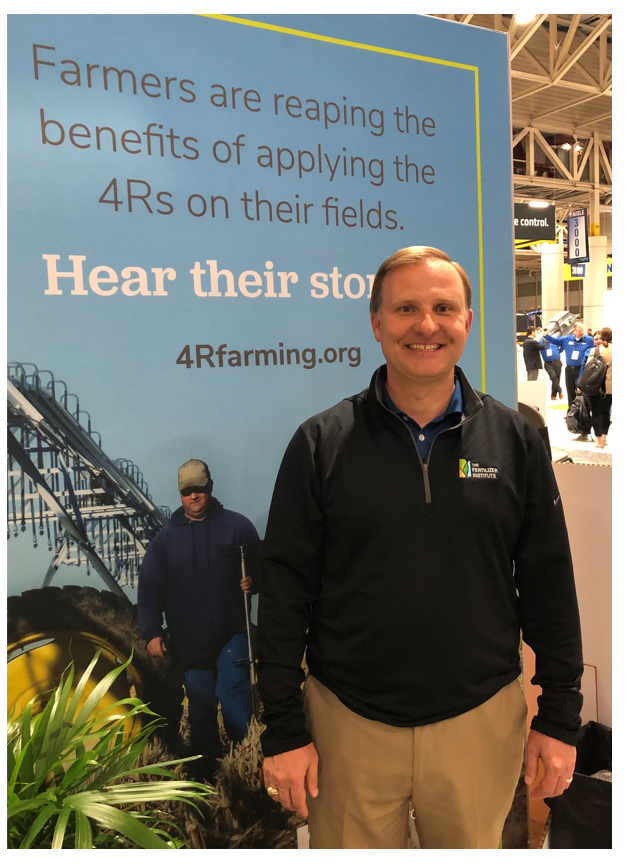The 4Rs can Help Reduce the Sting of Fertilizer Supply Logistics

As U.S. farmers evaluated fertility needs, prices and prepay opportunities this past December – and wondered whether to delay purchases, hoping prices might improve before planting season – Corey Rosenbusch was doing a similar evaluation.

Based on what industry members tell him, Rosenbusch says an “anecdotal” estimate is 50% of the fertilizer products farmers will need this spring are in U.S. warehouses and distribution facilities.
“We’re by no means completely at that 100% mark of having everything that’s needed,” he told Farm Journal during a conversation at the 2022 Commodity Classic.
“The question is, what’s next? What should we be preparing for?” he adds.
Grab The ‘Bull’ By Its Horns
Farmers can’t fix the situation with fertilizer availability and high input cost, but they can get a better grasp on their crop fertility requirements, even now.
Rosenbusch advises farmers to lean on retailers and other agronomic advisors to help them be as efficient with products as possible.
And, once the ground thaws, he says go pull soil samples and find out what they tell you.
“If you're not soil sampling, if you're not using variable rate application, if you're not using the 4R stewardship principles to be as efficient as possible with your fertilizer, now is the time to do it,” he says. “If there’s any bright light in the current market situation it’s that it really will drive farmers to adopt and use these nutrient stewardship principles in their farm.”
On The Near Horizon
As he evaluates the current fertilizer situation, Rosenbusch says the U.S. still faces potential challenges getting products brought into the country. At play are what he calls “correlated effects” – multiple factors in the marketplace that influence each other – that combined make the upcoming planting season so concerning.
Two unique, potential factors that might yet come into play this season and impact fertilizer supplies for U.S. farmers:
1. A potential CP railway strike in Canada. The U.S. gets 80% of its potash from its northern neighbor, Rosenbusch says. A rail strike could mean zero product would come across the border and into the U.S.
In a March 7 letter to President Joe Biden, The Fertilizer Institute, the National Grain and Feed Association, and 19 other members of the Agricultural Transportation Working Group requested the administration work with the Canadian government to avert a major railway labor strike and to rescind the cross-border vaccine mandate for workers moving essential commerce.
“We've done everything we can to urge the White House of the serious nature of this coming into the spring season,” Rosenbusch says. “We've got our partners in Ottawa, urging the Canadian government to get involved, because that would be a huge supply disruption to the market if something like that happens.”
2. A domino effect created by a lack of access to natural gas. Russia supplies the lion’s share of natural gas to Europe. That matters to the U.S., because nitrogen production is based on natural gas.
“So, if we are looking at a major curtailment of European nitrogen production, that is going to have, you know, significant global nitrogen ramifications,” Rosenbusch explains.
How that could potentially play out in the U.S. is farmers might have access to nitrogen but it might not be in the form they want or are accustomed to using.
“You might not find it as UAN, and you’ll have to use urea instead,” Rosenbusch says, as a for instance. “So, we will definitely need to have some flexibility in terms of the type of product to achieve your nitrogen requirements.”
How to Balance Agronomic Decisions Against High Fertilizer Costs
Farming In The Sustainable Triangle: Human, Natural and Physical Environments
Tips for Back-to-Back Soybean Production
Furrow Efficiency: 6 Products In 1 Pass
8 Ways To Ready Your Weed-Control Practices







